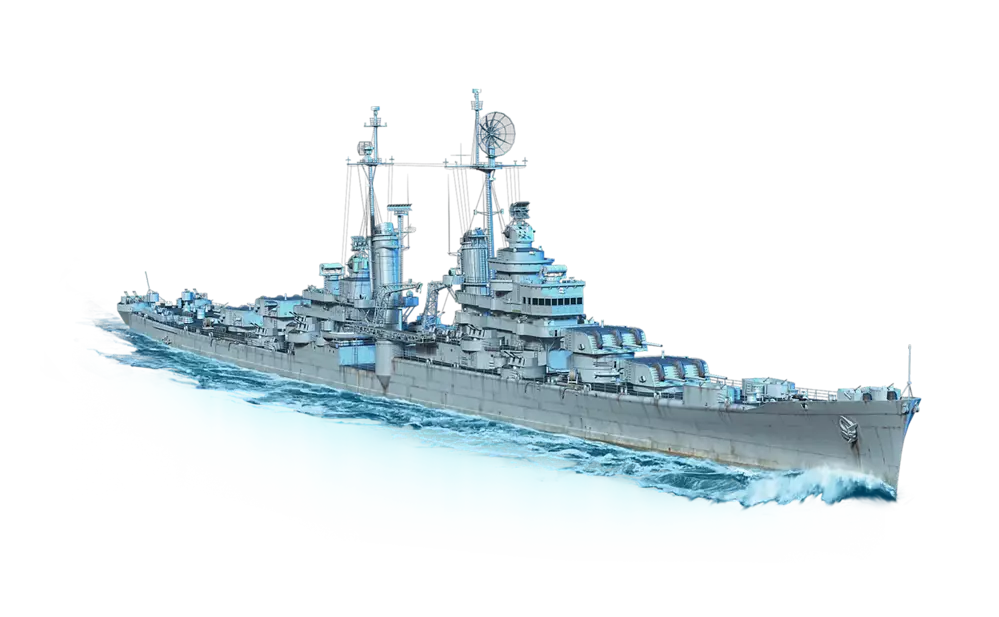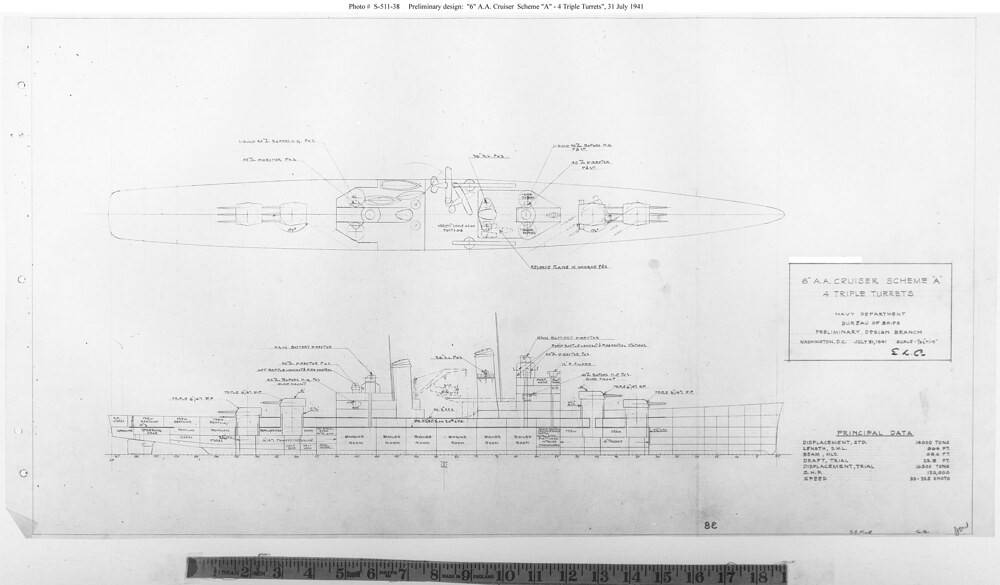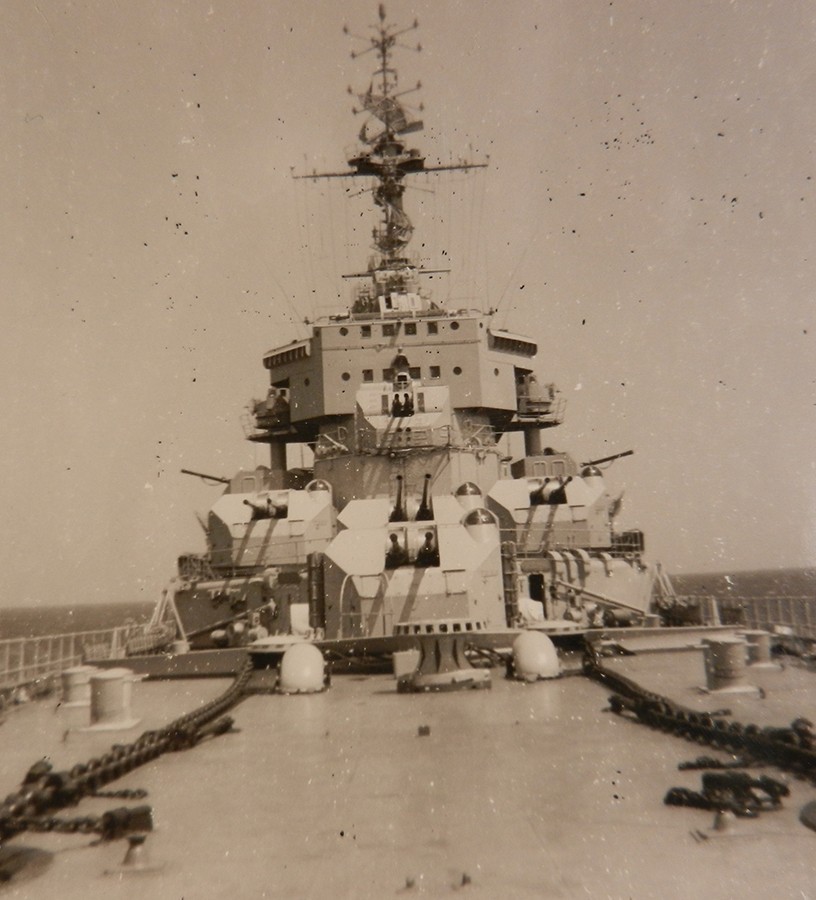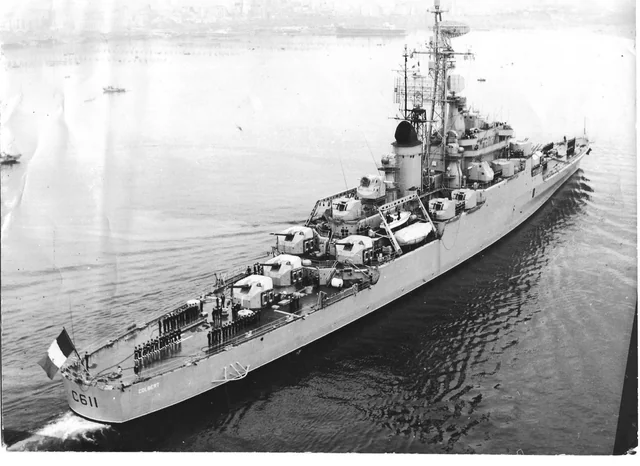- Yes
- No
- Just show me the results
- Tech tree
- Event
- Premium
- Just show me the results
An additional ship that could fill in the ranks of the French coastal tree. We already have one Aviso in the game - Arras - so let’s take a look into another, this time much, much bigger, over twice the displacement!
Here I present to you, Bougainville-class aviso D’Entrecasteaux launched 1931, featuring 3 destroyer-grade 138.6 mm main guns, 37 mm secondaries and 13.2 mm AA, an impressive loadout of 50 mines and… a floatplane! GL.832, something we don’t have on any coastal vessel in the game.
The vessel had a fascinating history, where it ended up attempting to defend Madagascar from the British invasion fleet in the Operation Ironclad.
Historic background:
Dive into the history of the vessel
The French Bougainville-class aviso D’Entrecasteaux (A4) was launched on 22 June 1931 and was initially assigned to the Division Navale de l’Atlantique (DNA). She arrived at Fort-de-France on 27 May 1933 and participated in numerous port visits across Canada, the United States, Bermuda, St Pierre & Miquelon, the Antilles, and the west coast of Africa. During her service, she often joined the training cruiser Jeanne d’Arc for summer campaigns. Maintenance was generally performed at Fort-de-France, Dakar, and Casablanca, with a major refit conducted at Lorient in July to September 1939, which allowed her to deploy Guiraud 200 kg depth charges on mine rails with a use of special trolleys, allowing her to deploy 8 charges on each rail.
At the beginning of World War II, D’Entrecasteaux was serving in the Atlantic, undertaking escort duties for transatlantic convoys and safeguarding traffic between West Africa and France. Following the fall of France in 1940, she was one of the vessels that remained under the Vichy French control.
In September 1940, amidst the turmoil in French Equatorial Africa, D’Entrecasteaux was dispatched from Casablanca to support Vichy forces in Libreville. She arrived in the region to help stabilise the situation in favour of the Vichy government.
The greatest highlight of D’Entrecasteaux’s service came during Operation Ironclad in May 1942. This British-led operation aimed to capture the strategic port of Diego Suarez in Madagascar to preclude its use by Japanese forces.
On 5 May 1942, British carrier aircraft from HMS Illustrious and HMS Indomitable launched attacks on French positions and ships. D’Entrecasteaux was the largest warship available for the Vichy French, and she provided crucial artillery support against the invading troops.
Initially, she withstood several attacks of the opening British attack, evading any significant damage. D’Entrecasteaux attempted to circumnavigate the northern coast of Madagascar on 6 May, aiming to disrupt the concentration of British shipping supporting the landings.
But her actions did not go unnoticed. British forces intensified their efforts to neutralise her. She was subjected to a few waves of attacks by Fairey Swordfish aircraft from HMS Indomitable. But there was only as much luck as a small vessel steaming at 17 knots can muster, with Swordfish eventually landing a successful hit with one of their bombs, which was followed up by a gunfire from the destroyer Laforey.
Ultimately to prevent her from sinking in open water, the crew made a decision to beach D’Entrecasteaux, preventing her from being used by the enemy forces. And thus, the brave vessel beached on 6 May 1942 ending her career.
Specifications:
Displacement: 1969 tons standard; 2126 tonnes normal; 2600 tonnes full load
Length Between Perpendiculars: 98m
Length Overall: 103.7m
Beam: 12.7m
Draft: 3.85 m at standard load, 4.15 m at full load
Machinery: Burmeister & Wain diesels on two shafts and 2 propellers (2.8 m diameter three-bladed), single rudder (13.33 m2 area, could be turned maximum 32°); 3200bhp; The ship proved very stable, and had a low angle of heel when turning.
Fuel: 220 tonnes diesel
Crew: 130
Speed:
- Designed: 15.5 knots regular, 16.4 knots maximum or with one engine damaged: 9.7 knots regular, 10.9 knots max.
- Trials: 17.5 knots or with one engine turned off: 12.5 knots
Armor:
- 6 mm chrome-cobalt-molybdenum steel plating (“gunshield quality”) for the bridge and ammunition lobbies
- 5 mm chrome-cobalt-molybdenum steel plating (“gunshield quality”) for the gun shields, walls of the three main deckhouses, lower part of the aft funnel (uptakes for the main diesels), and decks
- 40-50mm Siam teak (wooden planks) backing on the upper deck and upper bridge
- There were ‘double walls’ outboard of the mess-decks and officer cabins on the lower and main decks with inert rockwool insulation between for added protection (see: “insulation layer” on the Schematics → Lower Deck schematic below)
Hull:
- Hull: 50 kg mild steel
- Superstructure: 60 kg high-tensile steel (similar to British D-steel or American STS-steel)
- Hull was subdivided into eleven watertight compartments
Weapons:
- 3 x 138.6 mm Mle 1927
- The guns were named, front to aft: Résolution, Recherche and Espérance.
- gun shields were more square than these we already have in the game, they provided more protection for the crew at the expense of decreasing the maximum elevation down to +28°.
- 4 x 37 mm Mle 1925 at the four corners of the shelter deck
- 4 x twin-mount Hotchkiss 13.2 mm Mle 1929, four pedestals on
the centreline: one atop the forward ammunition lobby, one abaft the bridge, one atop the after ammunition lobby, and a fourth on the quarterdeck. - Additional armament on aft rails (one of:)
- 50 x Breguet B4 mine (535 kg total mass, 60 kg charge, 300 m cable)
- 24 x Harlé H4 (1100 kg total mass, 200 kg charge, 200 m cable)
- 16 x 200kg Guiraud depth charges (feature added in 1940 refit)
- Floatplane
- GL.832
- Hydroplane was stored
- initially folded, in telescoping hangar located on the shelter deck
- later on the deck, angled at 45 degrees so that the wing-tips did not overlap the sides of the ship. A canvas “tent” could be used to protect it from the elements
- Lowered by crane - an idea to consider: Force player to decrease the speed to ±5 km/h to spawn the plane parallel to the vessel on the either side, to simulate the deployment by crane (in an extremely simplified way).
Additional equipment:
- Fire control:
- OPL 3-metre stereo rangefinder Mle 1932 atop the bridge for the main guns
- Two smaller OPL 0.8-metre or 1-metre rangefinders for the anti-air duty
- 2 x searchlights (75cm BBT Mle 1933 projectors), mounted fore and aft as in the latest French destroyers.
- Minesweeping:
- Four Mle 1935 paravanes, carried on the shelter deck amidships
- Underwater detection
- CET Mle 1931 ultrasonic depth sounder (ability to detect seabed up to the depth of 2000 m in fresh water)
- Warluzel echo sounder (lowered over the side of ship, was located in the aft bridge wings to port)
- Boats:
- two 7-metre motor boats (abeam first funnel)
- one 7-metre motor launch (outboard, to std)
- one 7-metre pulling cutter (outboard, to port)
- one 5-metre dinghy with 3-metre punt inside (centreline)
Paint (at least, what we know about it):
- Standard grey
- There was a special dark grey non-slip paint on the ammunition lobbies and the bridge, while the internal decks were lined with the standard red-brown linoleum secured with brass battens.
Schematics, as-built:
Photos:
Show photos
1931

1933

1934
1940 - note the neutrality camouflage with tri-color paint on the turrets (if you look to make an extra camouflage for the vessel - that would be it!)

1942 - wreck after the Operation Ironclad
Note the inscription above the turret - Valeur et Discipline

Undated:




This photo shows Amiral Charner, a different vessel of the class, but shows a lot of wiring and other details that aren’t visible of the photos of D’Entrecasteaux that I have managed to find:
Sources:
- John Jordan, The Colonial Sloops of the Bougainville Class, Warship 2016 (vast majority of the information, including schematics)
- alabordache.fr (several images & some minor details for the descriptions)
- French aviso D'Entrecasteaux (1931) - Wikipedia
- old forum suggestion (most of the photos) by @SpatialX, supplemented by @Arghail
- Jürgen Rohwer. Chronology of the War at Sea 1939-1945: The Naval History of World War Two. Chatham Publishing, 2005. (only a latter part of the Historic background)
- The Invasion of Madagascar - Pacific Eagles (only a latter part of the Historic background)

























